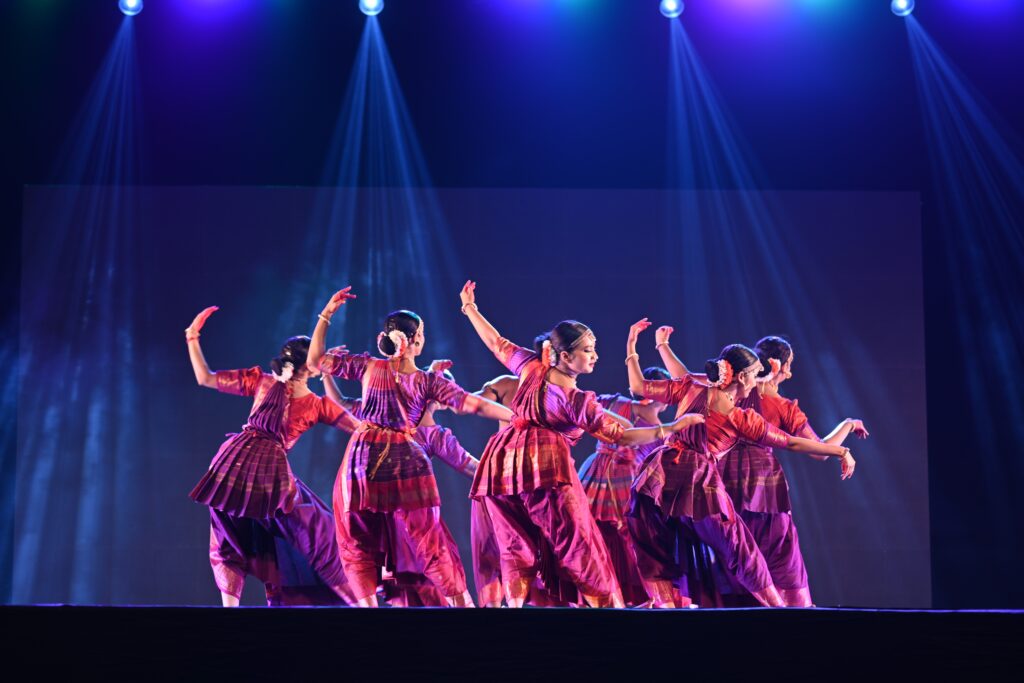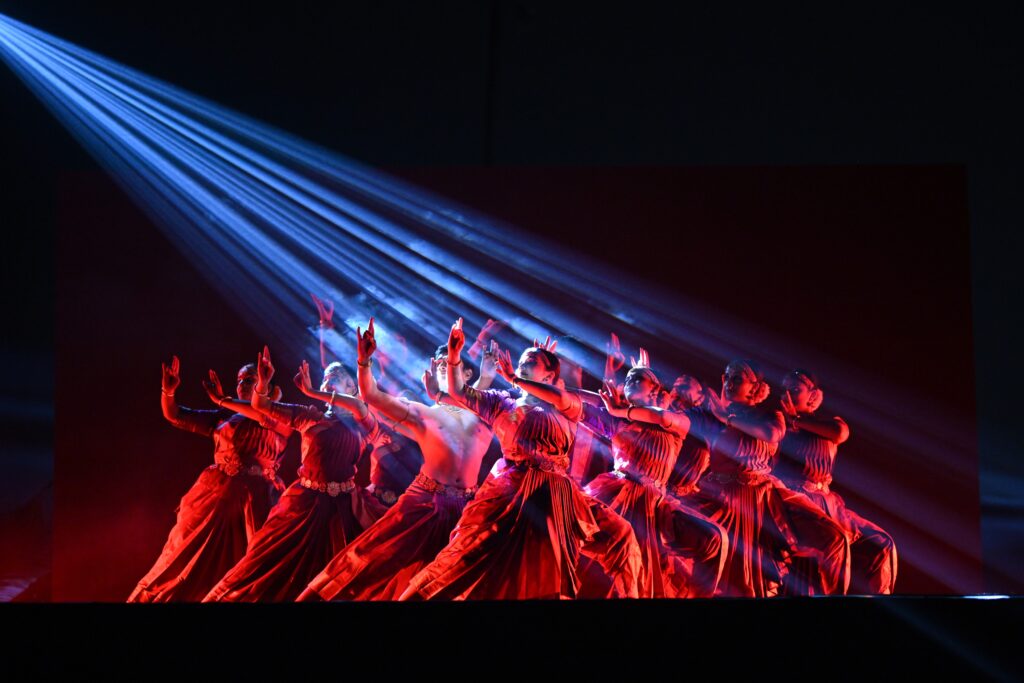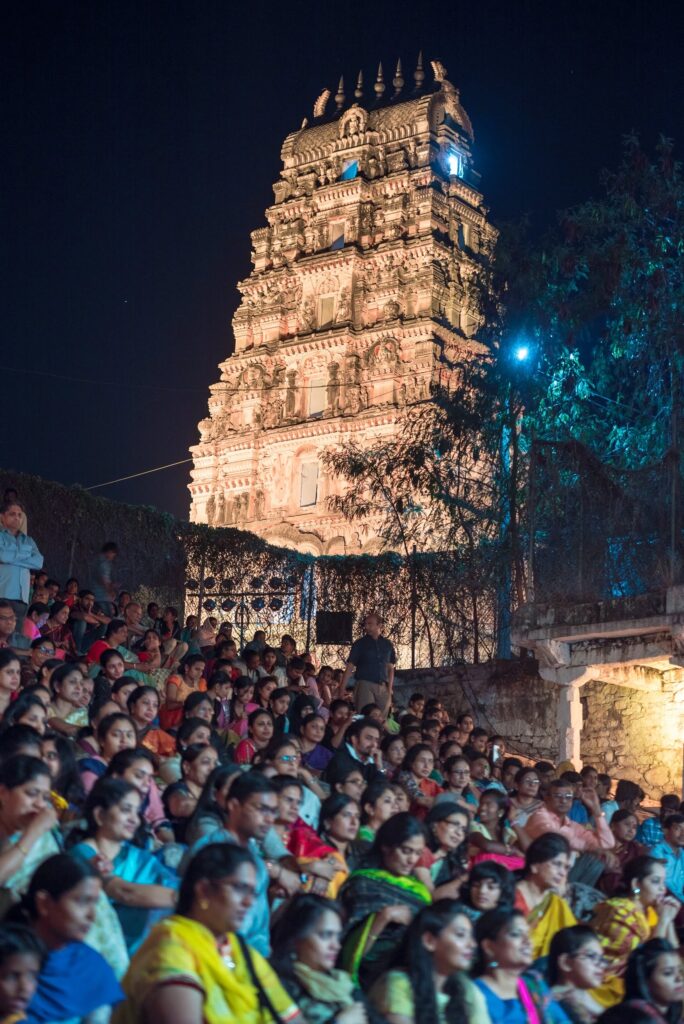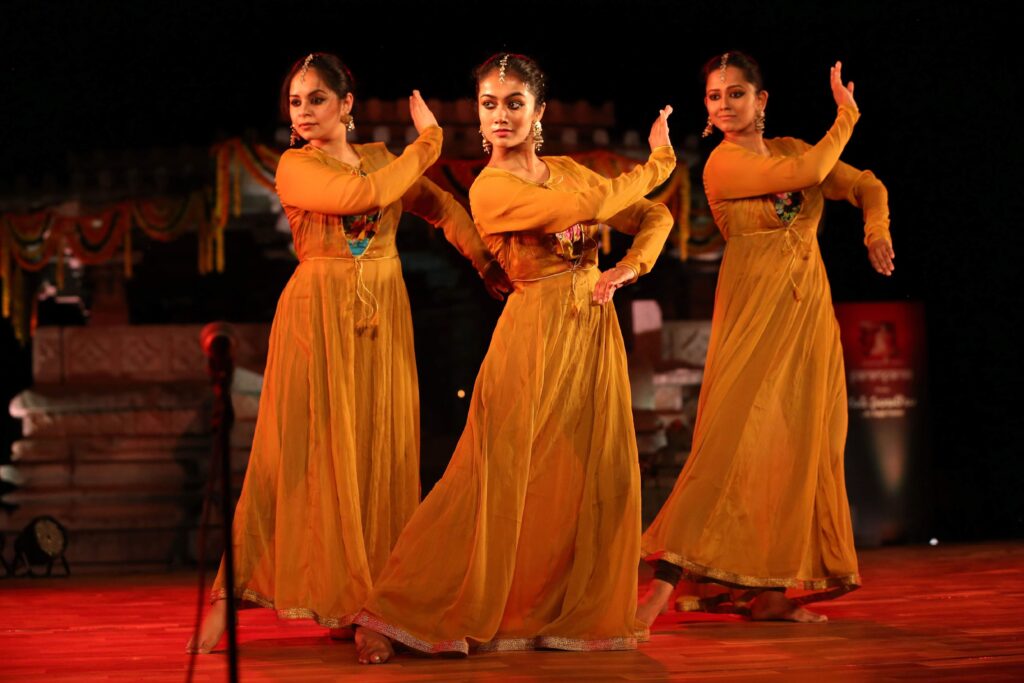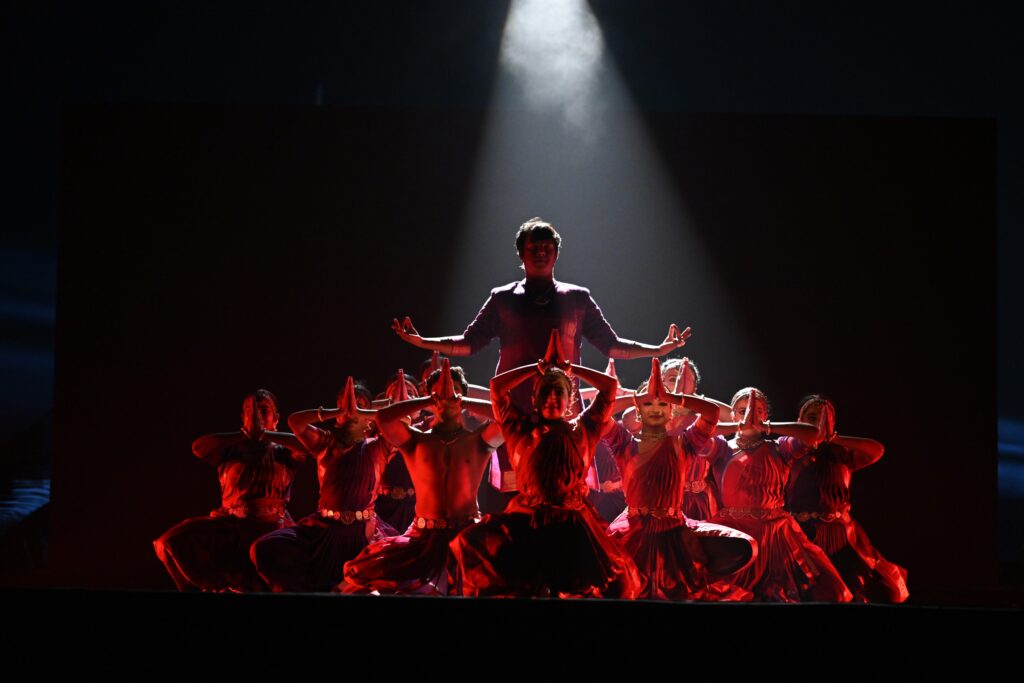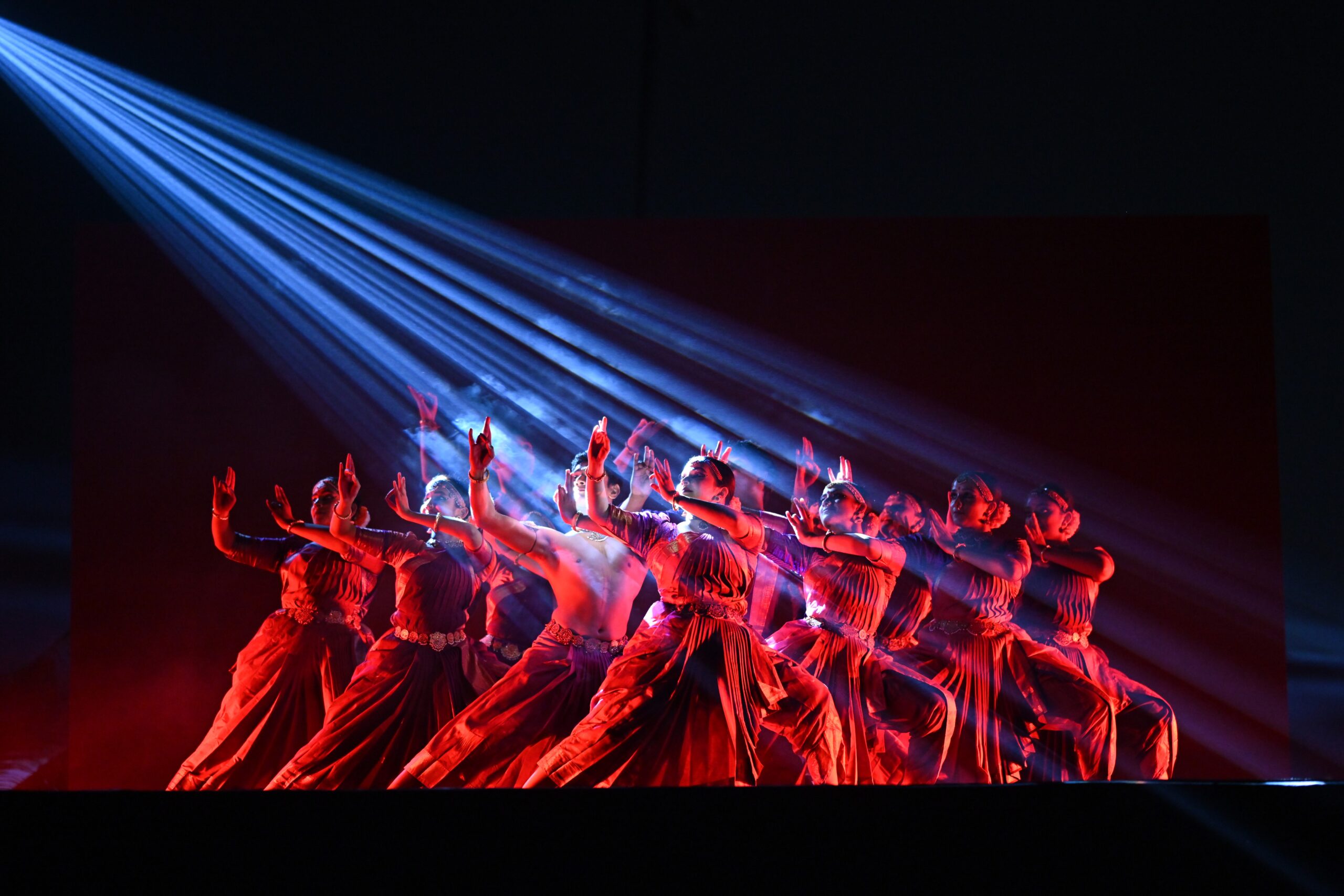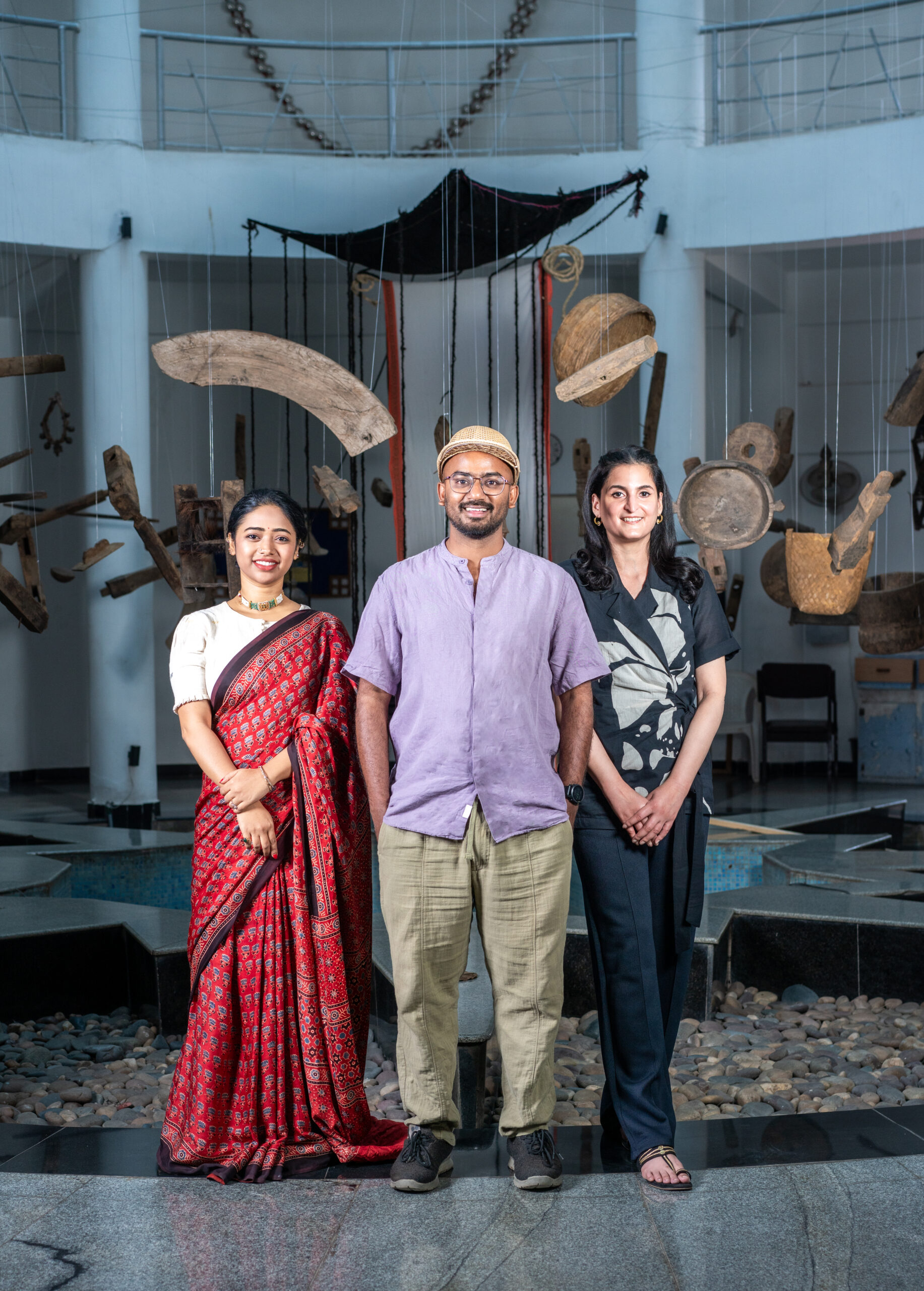As Gudi Sambaraalu, the temple dance festival which aims to revive traditional art and dance forms enters its tenth year, WOW! looks back…
When Shashi Reddy attended Gudiya Sambhrama, the temple festival of Bengaluru, she realized that Tamil Nadu, Karnataka and Kerala give adequate prominence to local art and dance forms. Yet, the same was missing in the Telugu-speaking states of Andhra Pradesh and Telangana. She explains, “It struck me then that
while most southern states treasure their language and culture, it wasn’t the same in the Telugu states. And, I thought, what better way to bring back art than through temples…where they started from.” After discussing the idea with her friend of two decades, Dr Srinagi Rao, the duo started Paramparaa, a not-for-profit organization and thus, in 2015, the festival of Gudi Sambaraalu (temple celebrations) was born with the idea of reviving traditional art forms with the temple as their axis. While Shashi runs an NGO called Roshni in Hyderabad, Srinagi is a doctor from the Medwin Hospitals family.
The duo feels that one of the biggest successes of their ten-year journey with the festival has been its visible impact and influence in motivating many people to conduct weddings in the temple courtyards. It has also been instrumental in nurturing music and dance by having upcoming artists to perform on such meaningful occasions.
Shashi reveals that it has been Gudi Sambaraalu’s objective to give easy access to good performing arts to the common man. She adds, “While dance and music remain a prerogative of the elite and the learned who witness these programs in sabhas and auditoriums, Gudi Sambaraalu’s initiative of taking these dance forms by renowned artists to temples has raised awareness amongst the general public.” The festival takes place mostly from Sankranti to Shivaratri to take advantage of the cool evenings. Srinagi believes that it pays homage to the long romance India has had with the art of drama, dance and music. “The origin of these performing arts can be traced back to the temples or village squares where people congregated learn and appreciate the art forms.”
She explains, “Since dance and music were originally an important part of the temple ritual, there was the natya mandap within the temple, a distinct feature to help encourage the aesthetic value of the performing arts.”
Starting from the temples in and around Hyderabad, Gudi Sambaraalu has spread its wings throughout the remote temples of Telangana and moved on to capture the audiences across Andhra Pradesh this year. This has helped to discover the many forgotten performing art forms indigenous to local communities. The festival is free for all and conducts its programs in courtyards, kalyana mandapas and stepwells of various temples.
Srinagi says, “Even till the 1950’s and 60’s, temples were the places for the entire village to gather and discuss family/social issues. They were the center of activity and given the backdrop, places for civil gathering. I hope we succeed in getting back at least a portion of that back through our
festival.”
For this year’s schedule (of about 20 programs), the Kavuru family are the patrons. Shashi signs off saying, “When we started around ten years ago, I really didn’t know much about classical dance, my interest was in art forms. Now, I can say that I know quite a bit!”
—-
The next performance under the
Paramparaa Foundation is on Feb 11,
6.15 pm at the British Residency in King
Kothi with a performance by Rudrakshya
Foundation and the Lasyakalpa Ensemble.
